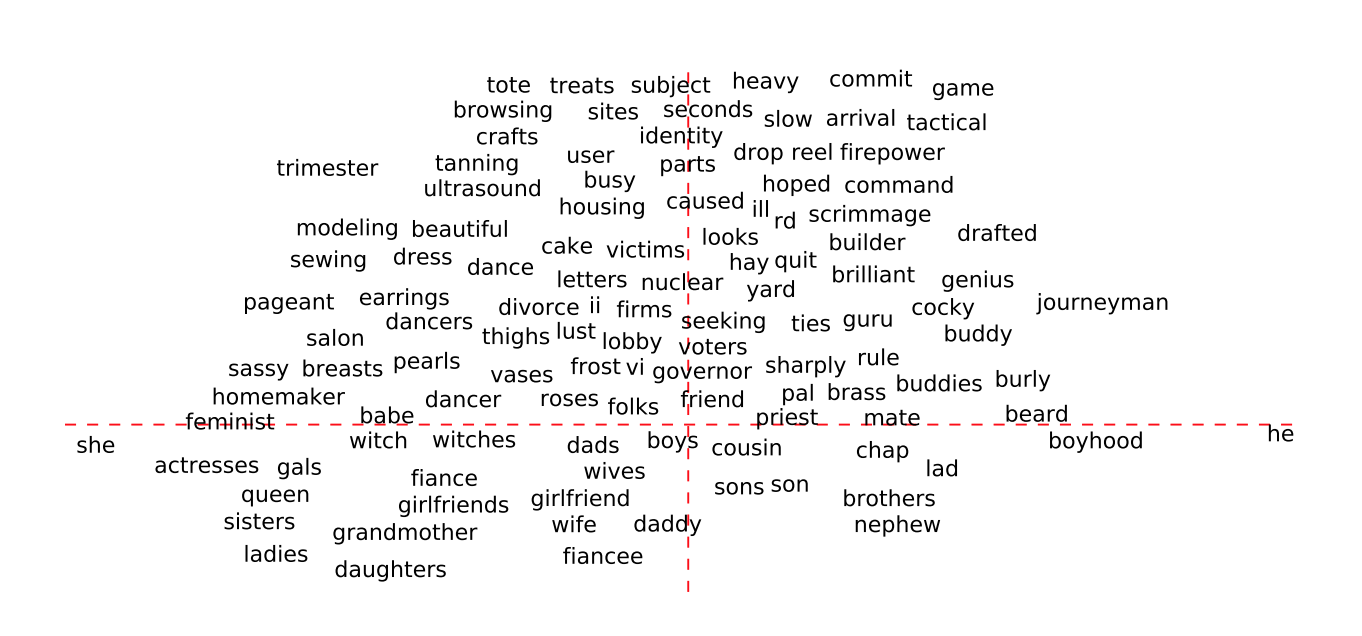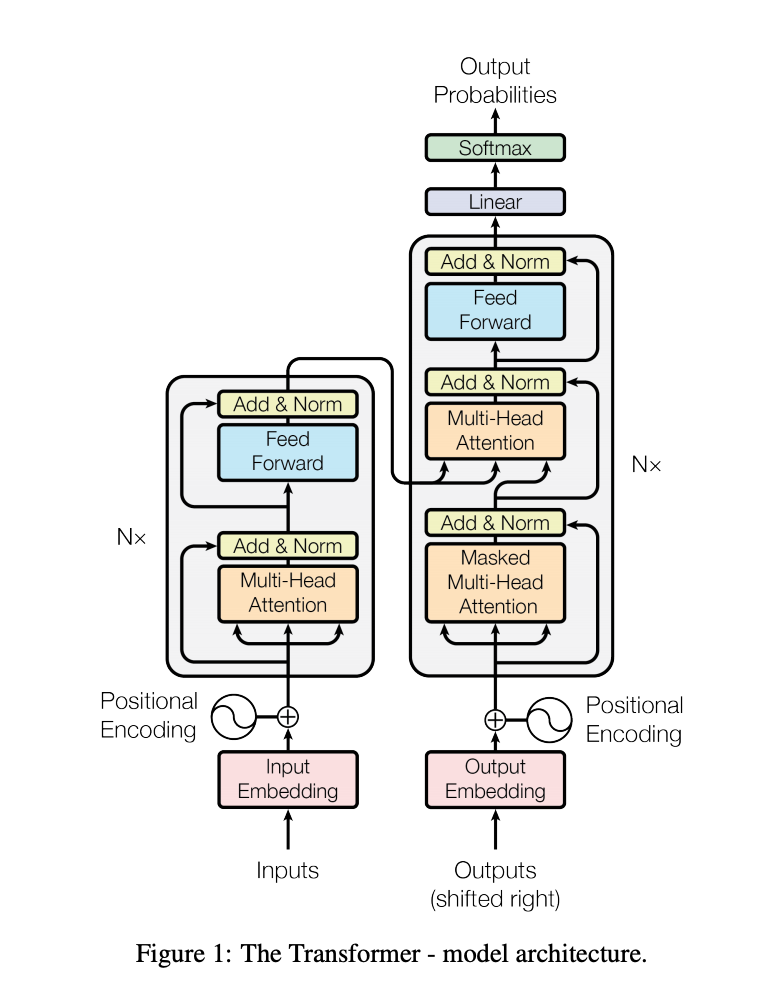Spooky Introduction to Word Embeddings

NLP "pipeline"
"The quick brown fox..."
"the quick brown fox..."
["the", "quick", "brown", ...]
[3, 6732, 1199, ...]
???
✨
negative
raw input
cleaning
tokenization
word representation
model
output
"naive" approach
- split sentence up into words
- use a one-hot-encoding as something for our model to learn against
"the quick brown fox..." → ["the", "quick", "brown", "fox",...]
"the" → [1, 0, 0, 0, 0, ...]
"quick" → [0, 1, 0, 0, 0, ...]
this is the approach used in Naive Bayes
let's take a step back
what are we actually asking our model to learn?
- meanings of words
- how those words fit together to form meaning
- how these fit together to do the task at hand
this feels like we're asking our model to do quite a lot
a better approach
- still split sentence up into words
- this time use a vector to represent our word
"the quick brown fox..." → ["the", "quick", "brown", "fox",...]
"the" → [-0.13, 1.67, 3.96, -2.22, -0.01, ...]
"quick" → [3.23, 1.89, -2.66, 0.12, -3.01, ...]
intuition: close vectors represent similar words
is this actually better? 🤔
- haven't we just created yet another thing we have to learn?
- in most contexts words have the same meaning
- can independently build a very accurate model against a huge dataset once and reuse it lots of tasks
- eg GloVe 840B is trained against 840 billion words (wikipedia)
word embeddings
two common approaches to training
- GloVe
- word2vec
GloVe: co-occurance matrix, good fast results at both small and huge scales
w2v: NN with masking, very fast to train, nice python support
both result in something close to a Hilbert space
here have code
(The only scary slide)
tips and tricks
- training: word used a lot but not in embedding - use a random vector. you're asking your model to learn something weird, but if you don't do it too much it works
- inference: UNK token - typically one token chosen at random. here you're telling your model "there was something here but I don't know how to represent it" rather than it not being sure if there was a word or not (and potentially learning a non-pattern)
- you can combine embeddings
- FastText for unknown words
serious problems
- learn embeddings off large (read: huge) corpus
- biases
- can introduce biases to your model even if your training data isn't biased

OVO embeddings
- "smart" means something very specific in energy
- the whole point is to make things easy for our model
- Natalie and I have been training some word embeddings
Buffalo buffalo Buffalo buffalo buffalo buffalo Buffalo buffalo

end-to-end learning


Introduction to Word Embeddings
By Hamish dickson
Introduction to Word Embeddings
- 343



